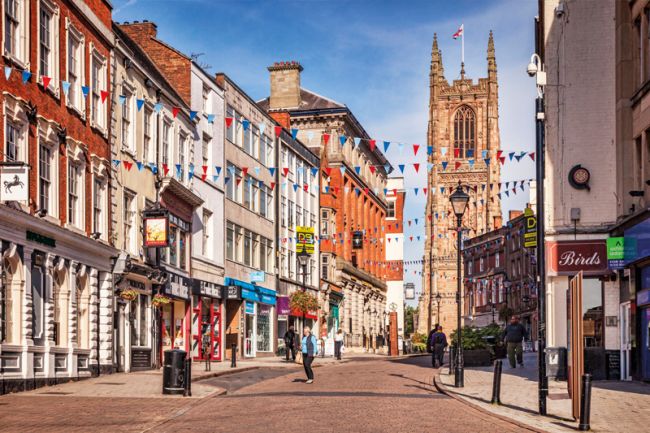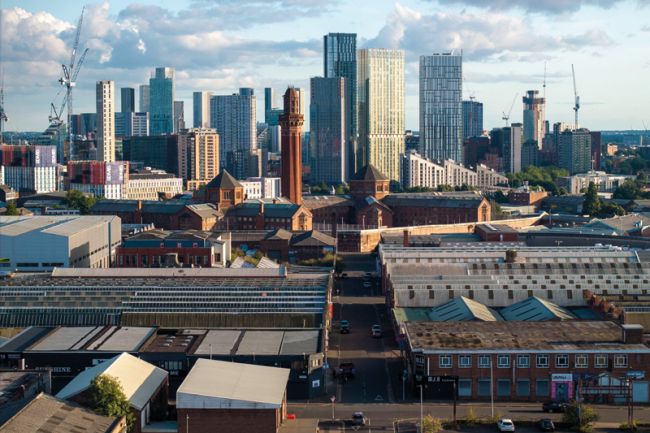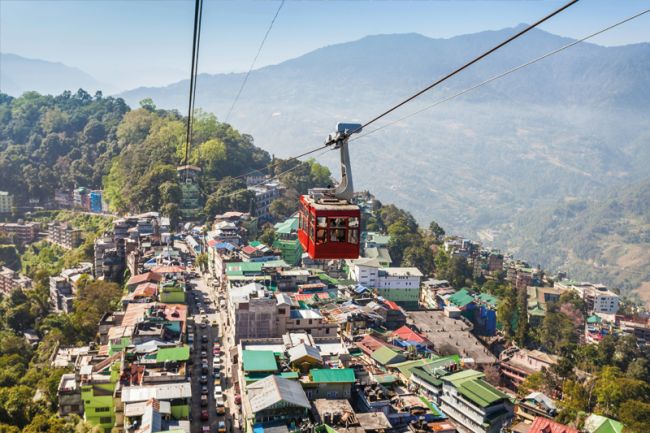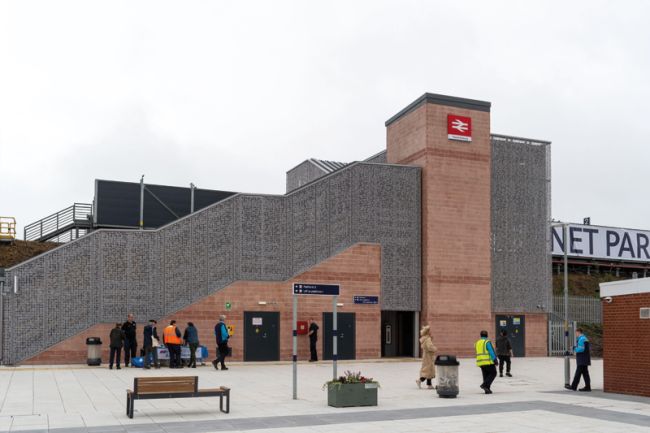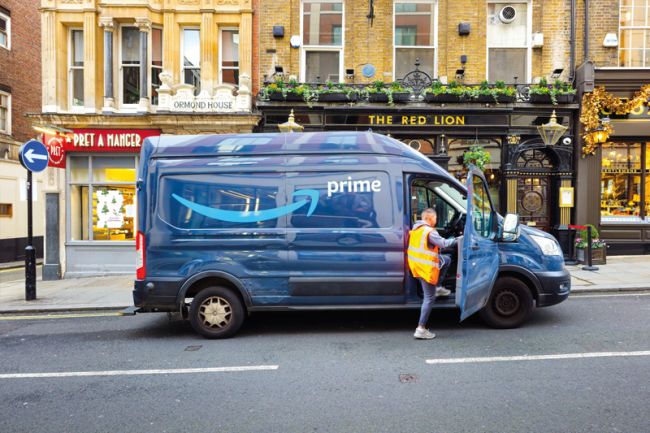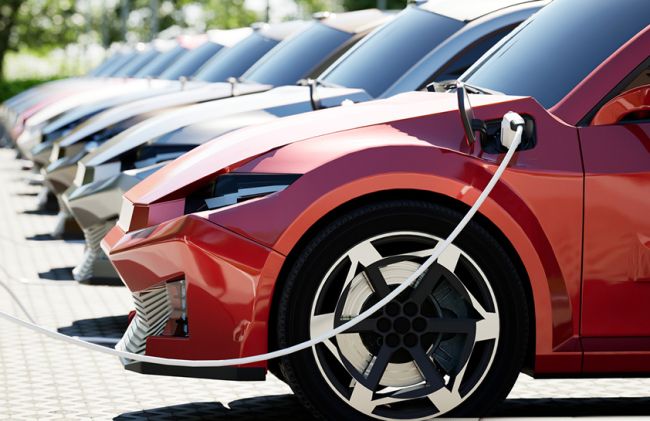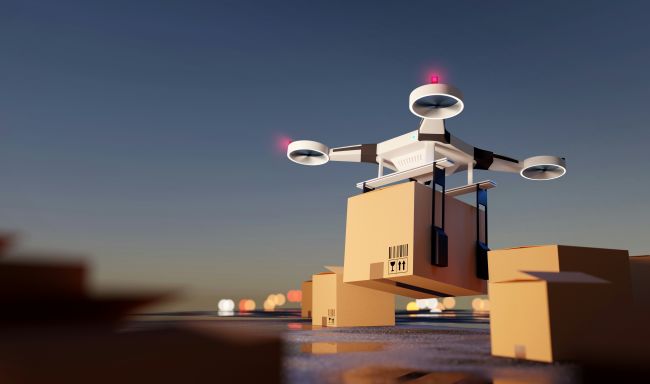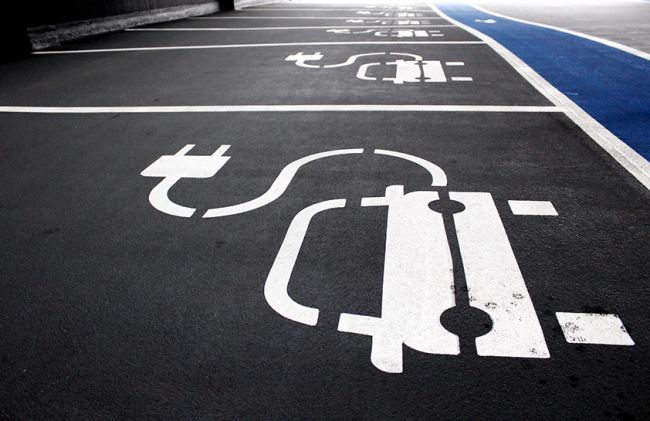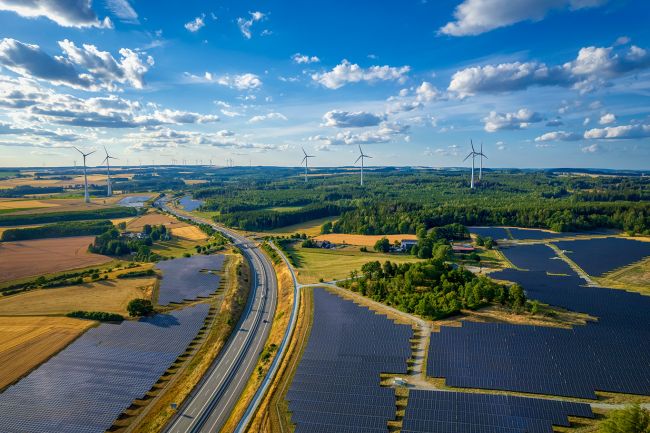HSR in the US: creating a new mode for a new mobility generation
Key takeaways from the 2024 USHSR Conference on the future of high-speed rail in the US.
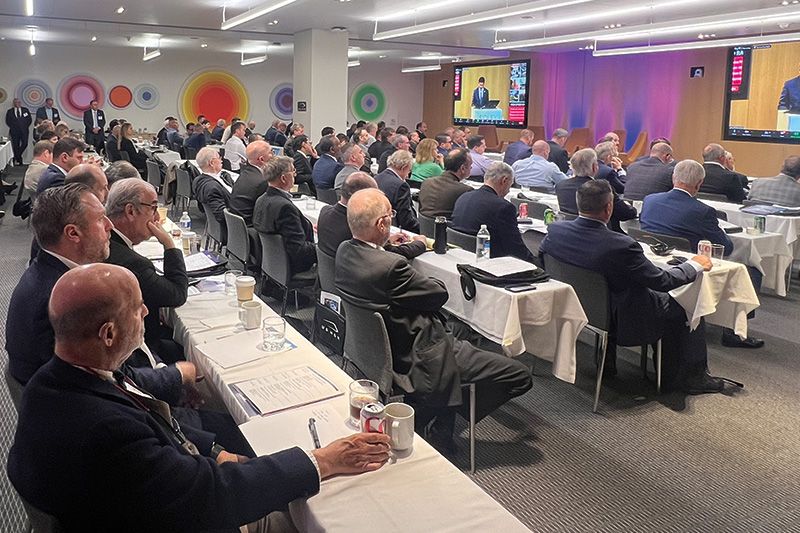
Reflections from USHSR Conference 2024 - evident optimism in the US for a new transportation mode that has the potential to unlock equitable growth and many other benefits. A sense of concern that success is far from assured and the detail is where things could become rapidly challenging.
I had the pleasure of participating in US High Speed Rail (HSR) Association’s Annual Conference in Washington D.C. last week. As someone who has previously lived and worked in the US at the time of President Obama’s Passenger Rail Investment and Improvement Act (PRIIA) it was a welcome return. At a moment when Britain’s railways, and even some of those in continental Europe, are retrenching under problematic circumstances this conference felt very different.
The context of the conference was the continuing momentum of the Biden Administration’s Bipartisan Infrastructure Law (BIL) signed by the President in November of 2021. One of the outcomes from BIL is early-stage funding of over $2bn for 69 proposals for passenger rail corridors, a handful of which are likely to propose high-speed solutions. Right now those corridors (and more may yet be announced) are engaged in determining the nature, content, and ambition of Service Delivery Plans (SDPs) whose development will be financed through a second round of funding.
Optimism tempered with realities
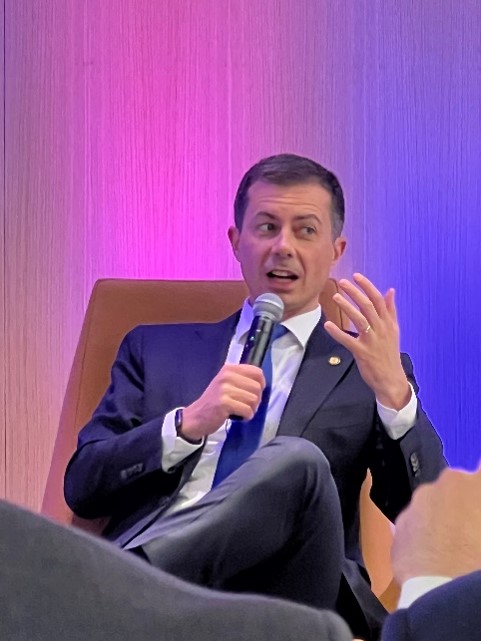 Pete Buttigieg, U.S. Secretary of Transportation (pictured right), captured this sentiment well, emphasizing that high-speed rail is the project of a generation. He pointed out that it is the only element of USDOT funding aimed at creating something entirely new, reflecting a unique purpose within the department. At the conference, there was certainly a sense of optimism and ambition for bringing forward the rightful role of rail within the mobility choices Americans can have. There was great strength and joy taken from the stories of successful operation of Brightline in Florida, the progress being made by California High Speed Rail Authority in its Central Valley construction and the mobilization of Brightline West to build the Las Vegas to Los Angeles high-speed rail link. This was not a conference proposing the unthinkable but rather offering pragmatic but significant interventions to address current and foreseen challenges to improve the lives of Americans and strengthen the nation as a whole. Buttigieg also expressed his personal hope that his 2.5-year-old twins will grow up never having known a US without high-speed rail.
Pete Buttigieg, U.S. Secretary of Transportation (pictured right), captured this sentiment well, emphasizing that high-speed rail is the project of a generation. He pointed out that it is the only element of USDOT funding aimed at creating something entirely new, reflecting a unique purpose within the department. At the conference, there was certainly a sense of optimism and ambition for bringing forward the rightful role of rail within the mobility choices Americans can have. There was great strength and joy taken from the stories of successful operation of Brightline in Florida, the progress being made by California High Speed Rail Authority in its Central Valley construction and the mobilization of Brightline West to build the Las Vegas to Los Angeles high-speed rail link. This was not a conference proposing the unthinkable but rather offering pragmatic but significant interventions to address current and foreseen challenges to improve the lives of Americans and strengthen the nation as a whole. Buttigieg also expressed his personal hope that his 2.5-year-old twins will grow up never having known a US without high-speed rail.
However, it was difficult not to also detect the material concerns and occasional frustrations with the path ahead – uncertainty over the next Administration’s approach, exasperation with the duration of the environmental processes and a degree of frustration in the policy and decision-making silos in operation.
Boiling it down to six takeaways: three of ‘keep going’ and three of ‘be aware’
Be proud, inclusive, and confident in the approach
 Secure enduring political support: The politicians who attended were high-profile proponents of HSR. Perhaps more importantly, many had been long-standing advocates of what the mode could do for their constituents and their everyday needs. We heard from them about how HSR would impact everyday Americans and their ‘kitchen-table issues’. Speaker Emerita Nancy Pelosi, U.S. Congress (pictured right), highlighted that high-speed rail deals with the kitchen-table issues of Americans. She emphasized that it provides access to jobs and health, can reduce housing costs, and preserves finite and precious time in people’s lives.
Secure enduring political support: The politicians who attended were high-profile proponents of HSR. Perhaps more importantly, many had been long-standing advocates of what the mode could do for their constituents and their everyday needs. We heard from them about how HSR would impact everyday Americans and their ‘kitchen-table issues’. Speaker Emerita Nancy Pelosi, U.S. Congress (pictured right), highlighted that high-speed rail deals with the kitchen-table issues of Americans. She emphasized that it provides access to jobs and health, can reduce housing costs, and preserves finite and precious time in people’s lives.
- Bold embracing of Buy America: No one in the room argued for deviation or exemptions to save time, money or improve outcomes. There was a positive acceptance of the spirit and mandate of the challenge as an integral price and benefit of public investment and buy-in to major programs.
Realization from comprehension: A concern often cited toward improved access from HSR is that instead of creating value in a particular location it will instead drain it. The concern is that newly accessible towns become mere commuter dormitories for the more dominant cities draining away businesses and amenity. Connecting decision makers and policies across the broader spectrum of the economic and social system will take effort but can help bring additional advocacy power and strengthen the case for the public and funders alike.
Be aware, attuned, and creative
- Design in equity: The political leaders spoke to the need for practical demonstration of equity in participation and in the solutions developed. Securing the optimal benefits for the communities served and minimizing the negative impacts from the proposals and their implementation should start from the earliest possible moment.
- Integration with other modes: While some proposals may have the benefit of serving destinations of population density in the stations’ immediate catchments, the probability is that America’s predisposition to private car access will leave ridership at the risk to the quality of access to the HSR services. Understanding, planning and influencing mobility choices can secure improved confidence in ridership and improve the benefit case for a corridor.
- Positive public-private partnering: From the construction to the supply of equipment the need for successful collaboration is evident. The private sector arguably has more to offer than ‘mere’ engineering. Securing high-profile advocacy on the project’s rationale, developing land value capture mechanisms to share benefits, and partnering to design and deliver new mobility solutions with HSR at their core, are just a few ways that the private sector can be a positive contributor to the investment case benefits and the outcomes achieved.
In developing these reflections, it was hard not to compare between where the US and UK are now. One arguably has the unequivocal backing of Government and an ambition to create a network that offers a radical new mobility solution for the nation. The other arguably has practical and tactical tools to share to optimize a HSR system but currently lacks the ambition, freedom of movement or means to create a network where such things can be brought to bear.




